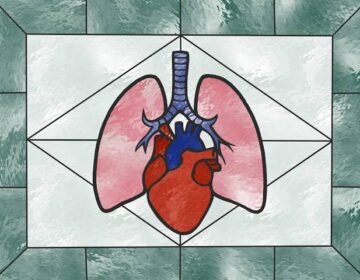Researchers identified how the medication hydralazine works at the molecular level in the body.Hydralazine is commonly used to treat high blood pressure and preeclampsia.
Understanding its mechanism revealed the potential it has for stopping glioblastoma — an aggressive brain tumor — growth.
The blood pressure drug hydralazine has been around for more than 70 years, but scientists did not previously know how it worked.
This is not uncommon, and the researchers have pointed out that between 10 and 20% of drugs have an unknown mechanism of action.
Researchers at the University of Pennsylvania recently uncovered hydralazine’s mechanism and also discovered that the drug has the potential to stop the growth of glioblastoma, an aggressive brain tumor.
These findings not only clear up confusion surrounding how hydralazine works, but also open the door to new therapies for preeclampsia and brain cancer.
HydralazineTrusted Source is an older medication used to lower high blood pressure. It is a vasodilator, so it works by widening blood vessels and improving blood flow.
It is widely used in managing preeclampsia, which is a high blood pressure condition related to pregnancy. If preeclampsia goes untreated, it can cause organ damage and endanger the livesTrusted Source of both the pregnant parent and their baby.
Although hydralazine has been used for decades, scientists were never quite sure precisely how it worked.
Understanding a drug’s mechanism of action can provide insight into why certain side effects occur, help identify which patients are most likely to benefit based on genetics, and reveal potential new uses for the medication.
To figure out how hydralazine works, researchers created a special version of the drug, called HYZyne. This probe acted like hydralazine and had a “tag” that let scientists see which proteins it attached to inside cells.







